Home>Storage Ideas>Kitchen Storage>What Is The Most Efficient Arrangement For A Small Kitchen?
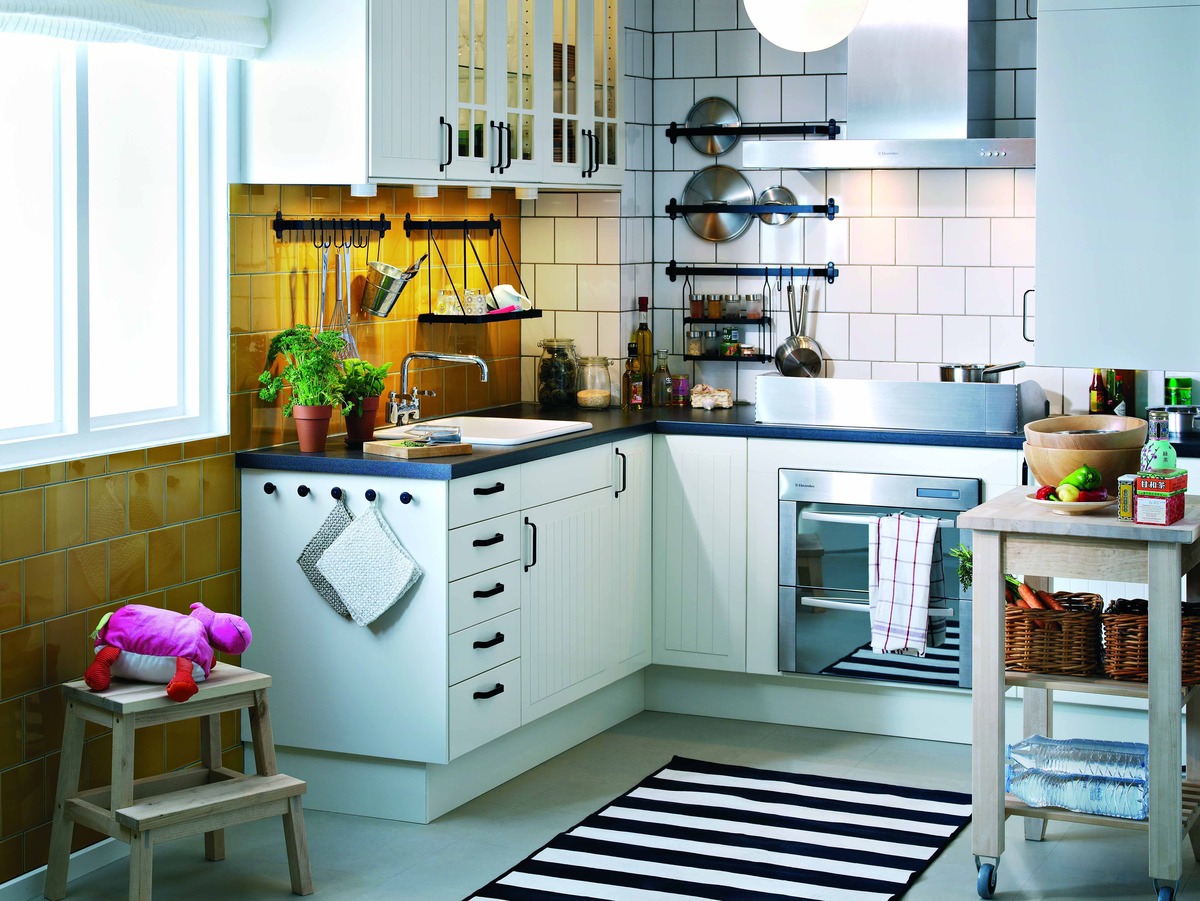

Kitchen Storage
What Is The Most Efficient Arrangement For A Small Kitchen?
Modified: October 20, 2024
Discover clever kitchen storage ideas to efficiently organize your small kitchen. Maximize space and minimize clutter with these practical tips.
(Many of the links in this article redirect to a specific reviewed product. Your purchase of these products through affiliate links helps to generate commission for Storables.com, at no extra cost. Learn more)
Introduction
Welcome to our comprehensive guide on optimizing kitchen storage ideas for small spaces. Whether you have a compact apartment kitchen or a cozy cottage pantry, finding efficient storage solutions is essential to maximize functionality and keep your space organized. A well-organized kitchen not only makes cooking and meal prepping more enjoyable but also helps save time and reduces stress.
In this article, we will explore various strategies and creative ideas to make the most of limited kitchen space. From assessing your space and functionality needs to selecting the right appliances and incorporating smart organizational systems, we will cover everything you need to know to optimize your small kitchen storage.
As we delve into the world of kitchen storage ideas, it’s important to remember that every kitchen is unique, and what works for one may not work for another. However, we will provide a range of practical, adaptable ideas that can be tailored to fit your specific needs.
So, whether you’re a culinary enthusiast looking to maximize efficiency in your small kitchen or someone who simply wants to declutter and create a more functional space, read on for expert tips and inspiration to transform your kitchen into an organized haven.
Key Takeaways:
- Maximize storage in small kitchens by thinking vertically, investing in organizational tools, and utilizing underutilized spaces. Choose multi-functional furniture and incorporate smart organizational systems for efficient and clutter-free storage solutions.
- Select compact and multipurpose appliances, optimize layout and workflow, and embrace minimalism to create a functional and visually appealing small kitchen. Enhance lighting, choose suitable materials, and declutter to maximize efficiency and create a serene cooking space.
Assessing Space and Functionality
Before diving into the world of kitchen storage ideas, it’s crucial to assess your available space and identify your functionality requirements. Understanding the limitations and possibilities of your kitchen will guide your decision-making process and help you prioritize your storage needs.
Start by taking accurate measurements of your kitchen. Note the dimensions of walls, windows, doorways, and any existing built-in features such as cabinets or shelves. This information will help you determine the available space for new storage solutions.
Next, consider how you use your kitchen. Are you an avid cook who needs ample counter space for meal preparation? Or do you mainly use your kitchen for light cooking and require more storage for pantry items and appliances? Understanding your needs will help you make informed decisions about what types of storage solutions will work best for you.
Take inventory of your kitchen items and assess their frequency of use. Sort them into categories such as cookware, utensils, food storage containers, and pantry items. This will give you a clear idea of what needs to be stored and what kind of storage options are required.
Once you have a clear understanding of your space and functionality requirements, it’s time to explore the various kitchen storage ideas and solutions that can help you optimize your small kitchen. Remember, the goal is to maximize efficiency and make the most of every inch of available space.
Now that we have a solid foundation in assessing space and functionality, let’s move on to the exciting part: maximizing storage options in your small kitchen.
Maximizing Storage Options
When it comes to maximizing storage options in a small kitchen, creativity is key. By thinking outside the box and utilizing every nook and cranny, you can optimize your storage space and make the most of your kitchen area. Here are some innovative ideas to consider:
- Utilize vertical space: Make use of vertical storage solutions to maximize storage capacity. Install shelving units or floating shelves on empty walls to store cookbooks, spices, and decorative items. Vertical wall racks can be used to hang pots, pans, and utensils, freeing up valuable cabinet space.
- Invest in organizational tools: Drawer dividers, cabinet organizers, and spice racks can help maximize storage efficiency. These tools not only keep your items neatly organized but also make it easier to find what you need without rummaging through cluttered drawers or cabinets.
- Opt for stackable containers: Invest in stackable food storage containers to maximize pantry space. These containers not only keep your pantry organized but also help preserve the freshness of dry goods such as pasta, rice, and cereal.
- Use the insides of cabinet doors: Attach small hooks or racks to the inside of cabinet doors to hang cleaning supplies, measuring spoons, or oven mitts. This utilizes otherwise unused space and keeps frequently used items easily accessible.
- Consider multi-functional furniture: Choose furniture pieces that offer storage solutions. For example, opt for a kitchen island with built-in drawers or a dining table with storage shelves underneath.
- Make use of underutilized spaces: Don’t forget about the space under the sink or behind cabinet doors. Install pull-out shelves or organizers in these areas to make the most of otherwise wasted space.
- Think modular: Modular storage units allow you to customize the configuration to fit your space and needs. These units can be rearranged and expanded as needed, providing maximum flexibility.
Remember, maximizing storage options in a small kitchen requires a creative mindset and a willingness to think beyond traditional solutions. By incorporating these ideas, you can transform your small kitchen into a highly functional and organized space.
Choosing the Right Appliances
When working with limited kitchen space, choosing the right appliances is crucial. Opting for compact yet efficient appliances can help maximize your storage options and ensure that your kitchen remains functional. Here are some considerations when choosing appliances for a small kitchen:
- Size matters: Look for appliances that are specifically designed for small spaces. Compact refrigerators, slim dishwashers, and narrow stoves are excellent choices for maximizing space without compromising functionality.
- Multipurpose appliances: Consider appliances that serve multiple functions. For example, a microwave with a built-in convection oven can eliminate the need for a separate oven, saving valuable counter or cabinet space.
- Integrated appliances: Integrated appliances, such as built-in refrigerators or dishwashers, blend seamlessly with your cabinetry, creating a streamlined look and optimizing space.
- Energy efficiency: Look for appliances with high energy efficiency ratings. Not only will these appliances help reduce your energy consumption and utility bills, but they also tend to be designed with space-saving features in mind.
- Consider portable options: If your kitchen lacks built-in appliances, consider portable options that can be easily stored away when not in use. Portable induction cooktops, countertop dishwashers, and compact blenders are examples of space-saving alternatives.
- Built-in storage features: Some appliances come with built-in storage features, such as refrigerators with adjustable shelves or dishwashers with utensil holders. These features can help you maximize storage efficiency and keep your kitchen organized.
Before purchasing any appliances, it’s essential to measure your available space to ensure a proper fit. Additionally, consider your cooking habits and lifestyle needs to determine which appliances are essential for you. By choosing the right appliances, you can optimize your small kitchen’s functionality while still enjoying the convenience and features you desire.
Optimizing Layout and Workflow
Efficient kitchen layout and workflow are essential for a small kitchen to function smoothly. By organizing your kitchen in a way that maximizes accessibility and minimizes unnecessary movement, you can optimize your space and enhance your cooking experience. Here are some tips to help you optimize the layout and workflow of your small kitchen:
- Work triangle: The work triangle concept involves arranging the three main work areas in the kitchen – the stove, the sink, and the refrigerator – in a triangular layout. This arrangement allows for easy and efficient movement between these areas during meal preparation.
- Clear countertops: Keep your countertops clutter-free by storing frequently used items in easily accessible cabinets or drawers. This not only creates a more organized space but also provides ample room for food preparation.
- Strategic storage placement: Store commonly used items near their respective work areas. For example, keep cooking utensils and pots near the stove, while plates and glasses can be stored near the dishwasher or sink for easy unloading.
- Group similar items together: Grouping similar items together can help you find what you need quickly and avoid unnecessary searching. Consider creating designated storage areas for baking supplies, spices, or kitchen gadgets.
- Streamline your workflow: Arrange your kitchen in a logical sequence that aligns with your cooking process. Start by organizing your ingredients near the food preparation area, then move on to the cooking area, and finally to the serving area.
- Maximize corner space: Utilize corner spaces efficiently by installing rotating shelves or lazy susans. These solutions allow for easy access to items stored in the corners without wasting valuable space.
- Create designated zones: Divide your kitchen into different zones based on functionality. For example, create a baking zone with all the necessary tools and ingredients, or designate a coffee station for your coffee maker, mugs, and supplies.
- Consider open shelving: Open shelves can create the illusion of more space and provide easy access to frequently used items. Just be mindful of keeping them well-organized and clutter-free to maintain a visually appealing kitchen.
By optimizing the layout and workflow of your small kitchen, you can create a functional and efficient space that makes cooking a breeze. Remember to prioritize accessibility and organization when arranging your kitchen, and customize the layout to fit your specific cooking habits and needs.
Selecting Suitable Materials and Finishes
The choice of materials and finishes in your small kitchen can greatly impact its overall aesthetic appeal and functionality. When selecting materials, it’s important to consider durability, ease of maintenance, and their ability to make your space feel more open and inviting. Here are some tips for selecting suitable materials and finishes for your small kitchen:
- Cabinetry: Opt for light-colored or white cabinets to create an illusion of more space. Consider cabinets with a glossy finish as they reflect light, making the kitchen appear brighter and more open.
- Countertops: Choose durable, stain-resistant materials for your countertops, such as quartz or solid surface. These materials are low-maintenance and can handle the demands of daily kitchen use.
- Backsplash: A backsplash can add visual interest to your kitchen and protect the walls from any splatters or spills. Consider using glass or mirror tiles to create the illusion of more space, or opt for a simple and clean design to maintain a minimalist look.
- Flooring: Select flooring materials that are durable and easy to clean, such as vinyl or ceramic tiles. Choose light-colored flooring to reflect light and create a sense of openness in the space.
- Hardware: Pay attention to the hardware finishes on your cabinets and drawers, as these can greatly impact the overall look of your kitchen. Opt for finishes such as brushed nickel or chrome to provide a modern and cohesive appearance.
- Lighting: Consider installing under-cabinet lighting to illuminate your workspace and make the kitchen feel brighter. Incorporate pendant lights or recessed lighting to provide overall ambient lighting and add a touch of elegance to the space.
- Window treatments: If your kitchen has windows, consider using light and airy curtains or blinds that allow natural light to flow in. This can make the space feel more expansive and inviting.
When selecting materials and finishes for a small kitchen, it’s important to strike a balance between functionality and aesthetics. Choose materials that are practical and easy to maintain while also complementing your desired design style. Don’t be afraid to mix and match different finishes to create a unique and personalized look for your kitchen.
Maximize vertical space by using wall-mounted shelves and hooks for storage. Utilize multi-functional furniture and appliances to save space. Keep countertops clear to create a sense of openness.
Incorporating Smart Organizational Systems
Smart organizational systems are the key to maximizing storage efficiency and keeping your small kitchen clutter-free. By incorporating intelligent storage solutions, you can optimize every inch of available space and make your kitchen more functional and organized. Here are some smart organizational systems to consider:
- Pull-out pantry: If you don’t have a separate pantry, consider installing a pull-out pantry cabinet. These cabinets feature tall shelves on rollers, allowing you to easily access and organize your canned goods, spices, and other pantry items.
- Drawer dividers: Use drawer dividers to keep your utensils, cutlery, and kitchen gadgets neatly organized. Dividers help prevent clutter and make it easier to find what you need without rummaging through messy drawers.
- Pegboard walls: Install a pegboard on a wall in your kitchen to hang pots, pans, and utensils. This not only creates a visually appealing display but also saves cabinet space and allows for easy access to frequently used items.
- Over-the-door storage: Maximize your cabinet doors by installing over-the-door storage racks or organizers. These racks can hold spices, cleaning supplies, and other small items, freeing up valuable shelf space.
- Lazy susans: Lazy susans are rotating trays that make accessing items stored in cabinets or corner spaces a breeze. Use them to store spices, condiments, or even pots and pans.
- Wall-mounted or hanging racks: Make use of wall-mounted or hanging racks to store and display your pots, pans, and cooking utensils. This saves cabinet space and adds a stylish, functional element to your kitchen.
- Hooks and magnetic strips: Install hooks on walls or the sides of cabinets to hang aprons, oven mitts, or cooking utensils. Magnetic strips can be used to store knives or metal gadgets, keeping them within reach and freeing up drawer space.
- Stackable and nesting containers: Use stackable and nesting containers to organize your pantry items and food storage. These containers maximize vertical space and keep your pantry neat and tidy.
When incorporating smart organizational systems in your small kitchen, consider your specific storage needs and the layout of your space. Tailor these systems to fit your kitchen and make adjustments as needed to ensure optimal functionality and efficiency.
Enhancing Lighting and Ambiance
Proper lighting is essential for creating a bright and inviting atmosphere in your small kitchen. By enhancing the lighting and ambiance, you can make the space feel larger, more functional, and visually appealing. Here are some tips for enhancing lighting in your small kitchen:
- Natural light: Maximize the amount of natural light entering your kitchen by keeping windows clean and unobstructed. Remove heavy drapes or opt for sheer curtains to allow sunlight to filter through. Utilize light-colored or reflective surfaces near windows to help bounce light around the room.
- Overhead lighting: Install bright, energy-efficient LED or fluorescent lights as your primary source of overhead lighting. Position them strategically to evenly illuminate the entire kitchen area. Consider flush-mount or recessed lighting fixtures to save headspace in low-ceilinged spaces.
- Task lighting: Add task lighting to specific work areas in your kitchen, such as above the stove, sink, and countertops. Under-cabinet LED lights or track lighting can provide focused illumination, ensuring that you have ample light for meal preparation and cooking.
- Accent lighting: Incorporate accent lighting to highlight architectural features, decorative elements, or display areas in your kitchen. Use LED strip lights above or below cabinets, inside glass-front cabinets, or to showcase artwork or wall decor.
- Dimmer switches: Install dimmer switches for your kitchen lights to create a versatile ambiance. Dimming the lights can help create a cozy atmosphere for intimate gatherings or provide softer lighting for late-night snacking.
- Light paint colors: Choose light-colored paint for your kitchen walls to reflect light and make the space feel larger. Consider shades of white, pale gray, or pastels to create an airy and open atmosphere.
- Mirrors: Strategically place mirrors in your kitchen to amplify natural light and create the illusion of more space. Hang a mirror opposite a window to reflect light, or add mirrored backsplashes to visually expand the room.
In addition to enhancing lighting, don’t forget to pay attention to the overall ambiance of your small kitchen. Incorporate elements that create a warm and welcoming atmosphere, such as potted plants, stylish window treatments, or decorative lighting fixtures. Personal touches like artwork or family photos can also add a sense of personality to the space.
By focusing on lighting and ambiance, you can transform your small kitchen into a bright and inviting area where you can enjoy cooking, entertaining, and spending time with loved ones.
Incorporating Multi-functional Furniture
When dealing with limited space in a small kitchen, multi-functional furniture becomes an invaluable asset. By incorporating furniture pieces that serve multiple purposes, you can maximize storage options and make the most of your available space. Here are some ideas for incorporating multi-functional furniture in your small kitchen:
- Kitchen island with storage: Invest in a kitchen island that not only provides extra counter space but also offers storage options. Look for an island with built-in drawers, shelves, or cabinets to store pots, pans, and other kitchen essentials.
- Drop-leaf table: Consider a drop-leaf table that can be expanded when you need extra dining space and folded down against the wall when not in use. This saves precious floor space and allows for versatile use.
- Convertible dining set: Opt for a dining set that can be transformed into a smaller configuration when needed. Look for tables with extendable leaves or folding chairs that can be easily stored away when not in use.
- Bench seating with storage: Replace traditional chairs with a bench that has built-in storage compartments underneath the seat. This provides extra seating and serves as a hidden storage solution for kitchen linens, small appliances, or bulky pots.
- Wall-mounted drop-down desk: If you need a workspace in your kitchen but don’t have the room for a traditional desk, consider a wall-mounted drop-down desk. This compact option can be folded up against the wall when not in use, saving valuable floor space.
- Pantry cabinet with pull-out shelves: Look for a pantry cabinet with pull-out shelves to maximize storage and increase accessibility. These shelves allow you to easily reach items at the back of the cabinet without having to rummage through layers of items.
- Movable kitchen cart: Invest in a movable kitchen cart with shelves or drawers. This versatile piece can be used as extra counter space, a portable pantry, or a serving station when entertaining.
- Appliance garage: Incorporate an appliance garage into your kitchen design. This cabinet-style storage solution allows you to keep small appliances, such as the toaster or blender, hidden and easily accessible when needed.
When selecting multi-functional furniture, consider your specific needs and the available space in your kitchen. Opt for furniture pieces that offer storage options, can be easily moved or folded, and complement the design aesthetic of your kitchen.
By incorporating multi-functional furniture, you can make the most of your small kitchen and create a space that is both practical and stylish.
Embracing Minimalism and Decluttering
In a small kitchen, it is essential to embrace minimalism and keep clutter at bay. A clutter-free kitchen not only creates a visually appealing space but also promotes efficiency and makes cooking and meal preparation more enjoyable. Here are some tips for embracing minimalism and decluttering your small kitchen:
- Purge unnecessary items: Start by decluttering and getting rid of items that you no longer need or use. Be ruthless in your decision-making and only keep items that are essential and serve a purpose in your kitchen.
- Organize storage spaces: Take the time to organize your storage spaces effectively. Assign a designated spot for each item, and make use of organizational tools such as drawer dividers, containers, and labels to keep everything in order.
- Clear off countertops: Keep your countertops as clear as possible. Store small appliances that are not used frequently in cabinets or pantry spaces. This will create a clean and open workspace for food preparation.
- Maximize vertical storage: Utilize vertical space by installing shelves or hooks on the walls. This allows you to store items such as pots, pans, and utensils, making them easily accessible while keeping countertops clutter-free.
- Use clear containers: Store pantry items in clear, airtight containers to keep them organized and easily visible. This helps in reducing clutter and enables you to quickly see when supplies need to be replenished.
- Practice the “one in, one out” rule: Whenever you bring a new item into your kitchen, make a conscious effort to remove one item to maintain a clutter-free space. This rule helps prevent unnecessary accumulation of items.
- Create a paper-saving system: Minimize paper clutter by creating a system for important documents and recipes. Digitize recipes or use online meal planning apps to minimize the need for paper copies. Keep important papers organized in a designated folder or digital storage.
- Regular cleaning and maintenance: Schedule regular cleaning and decluttering sessions to ensure that items are put back in their designated places and the kitchen remains tidy. This helps in maintaining a clutter-free environment in the long run.
- Let go of sentimental items: While it can be challenging, try to let go of sentimental items that take up unnecessary space. Keep a few meaningful mementos, but don’t let sentimental clutter overwhelm your kitchen.
By embracing minimalism and decluttering your small kitchen, you can create a serene and functional space that allows you to fully enjoy the cooking process. Remember, a clutter-free kitchen not only looks great but also fosters a sense of calm and order that can positively impact your overall well-being.
Conclusion
Creating an efficient and well-organized kitchen in a small space requires careful planning and a creative approach. By incorporating the right kitchen storage ideas and strategies, you can maximize functionality, optimize storage options, and make the most of every inch of your kitchen.
Start by assessing your space and functionality needs to understand the limitations and possibilities of your kitchen. Consider the layout, available storage areas, and your specific requirements when it comes to cooking and storage. This will help guide your decision-making process and ensure that you choose the most suitable storage solutions for your small kitchen.
Maximizing storage options is crucial in a small kitchen. Think vertically, utilize underutilized spaces, and invest in organizational tools to keep your kitchen clutter-free and well-organized. Choose multi-functional furniture pieces that serve multiple purposes to save space and increase functionality.
Consider the materials and finishes in your kitchen, opting for light and reflective surfaces to create the illusion of more space. Enhance lighting and create a welcoming ambiance with a combination of natural and artificial light, and incorporate personal touches to make the space feel warm and inviting.
Lastly, embrace minimalism and make decluttering a priority. Streamline your kitchen by purging unnecessary items, organizing storage areas, and keeping countertops clear. By practicing minimalism, you can create a calming and visually appealing kitchen that allows for efficient meal preparation and enjoyable cooking experiences.
In conclusion, optimizing a small kitchen requires a thoughtful and intentional approach. By implementing these kitchen storage ideas and techniques, you can transform your small kitchen into a functional and beautiful space that meets all your cooking and storage needs.
Remember, every small change can make a big difference, so start implementing these ideas and watch as your small kitchen becomes a haven of efficiency, organization, and style.
Frequently Asked Questions about What Is The Most Efficient Arrangement For A Small Kitchen?
Was this page helpful?
At Storables.com, we guarantee accurate and reliable information. Our content, validated by Expert Board Contributors, is crafted following stringent Editorial Policies. We're committed to providing you with well-researched, expert-backed insights for all your informational needs.
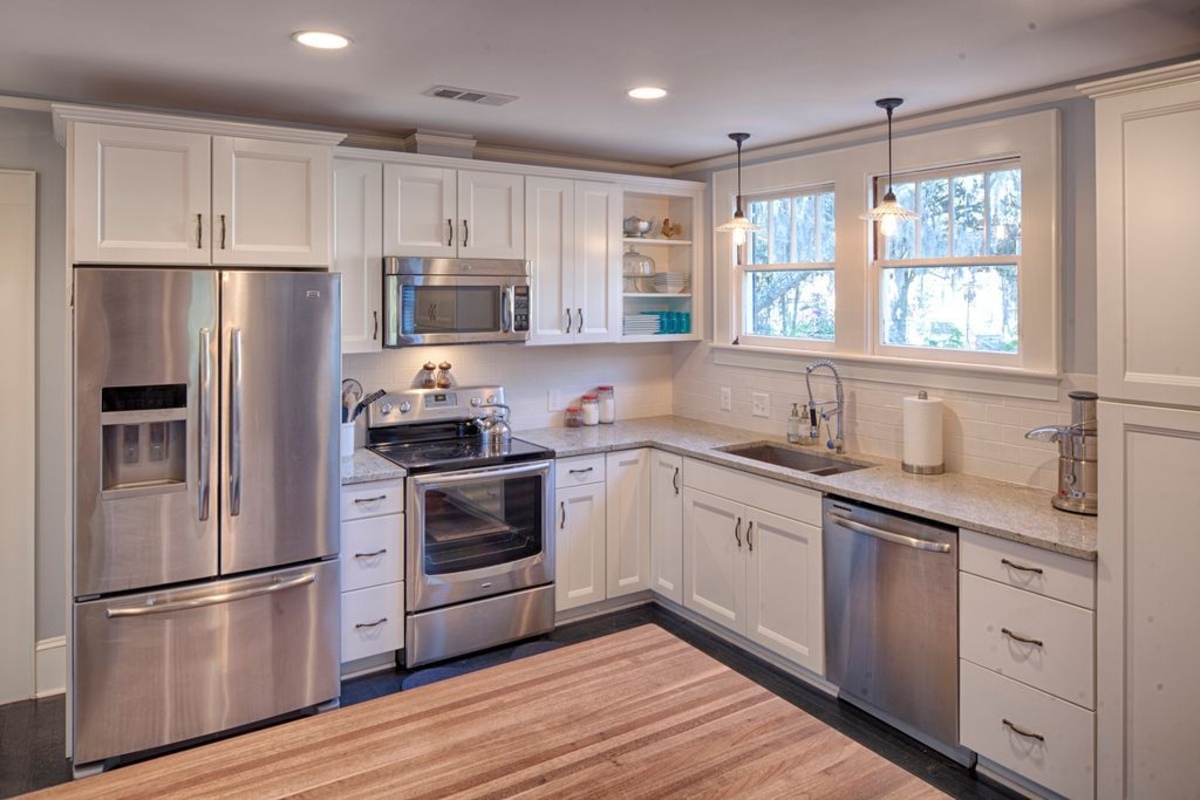
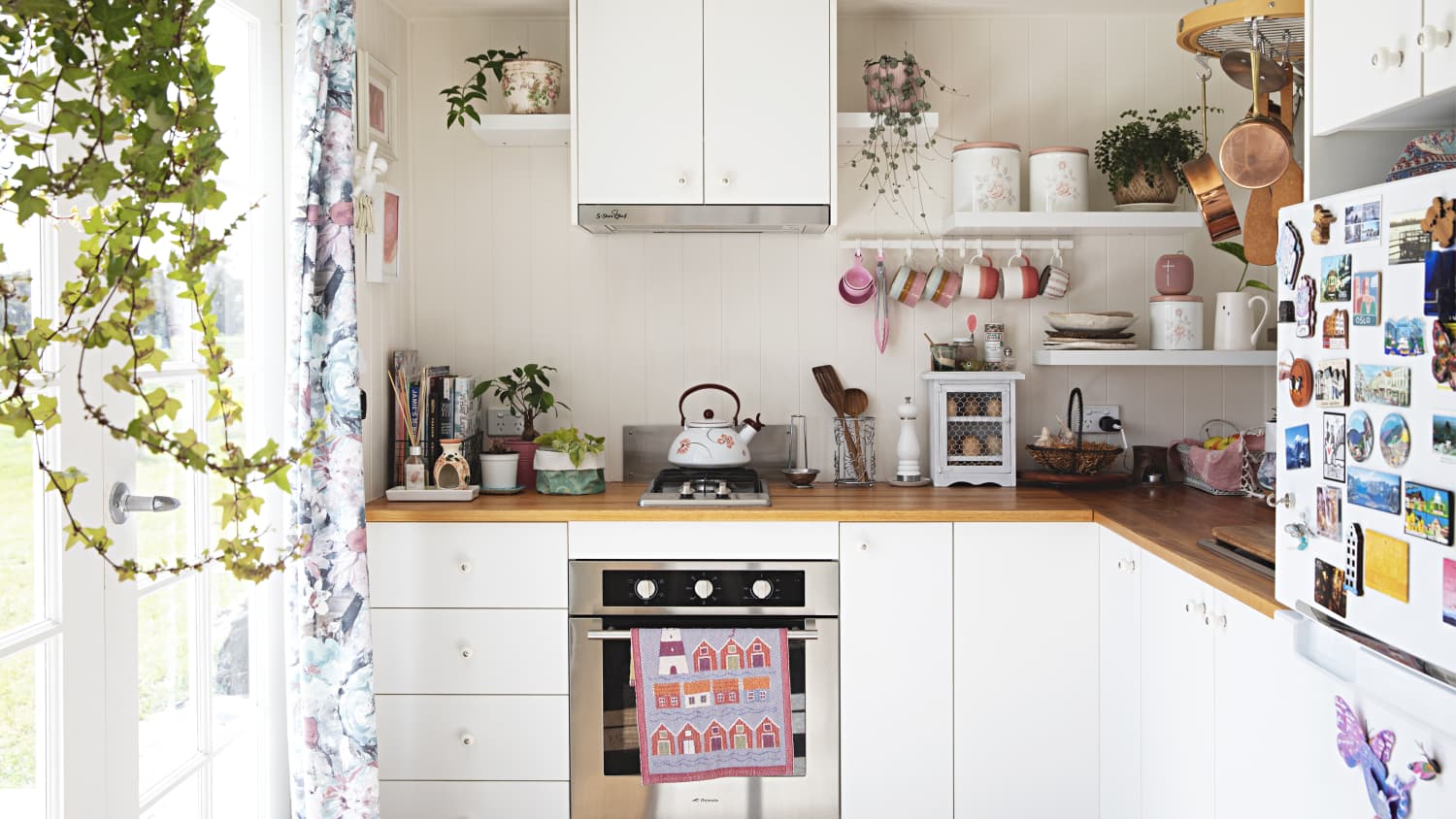
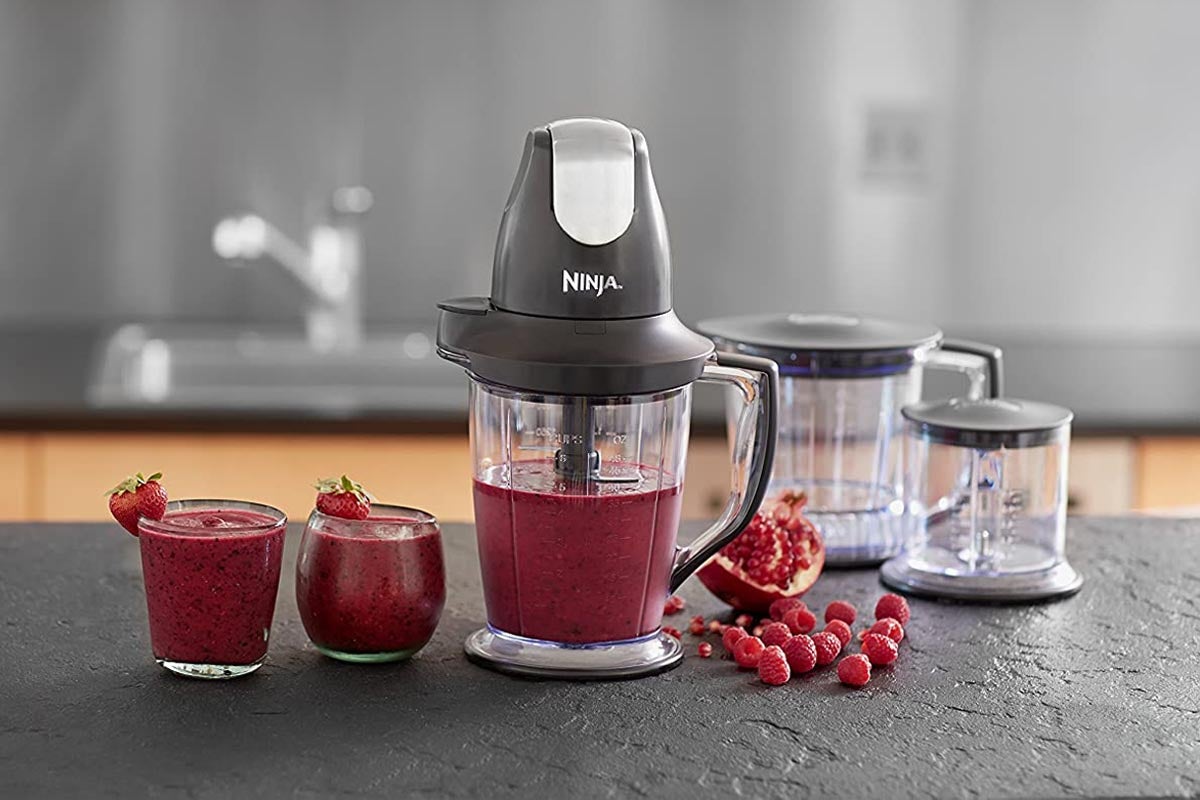


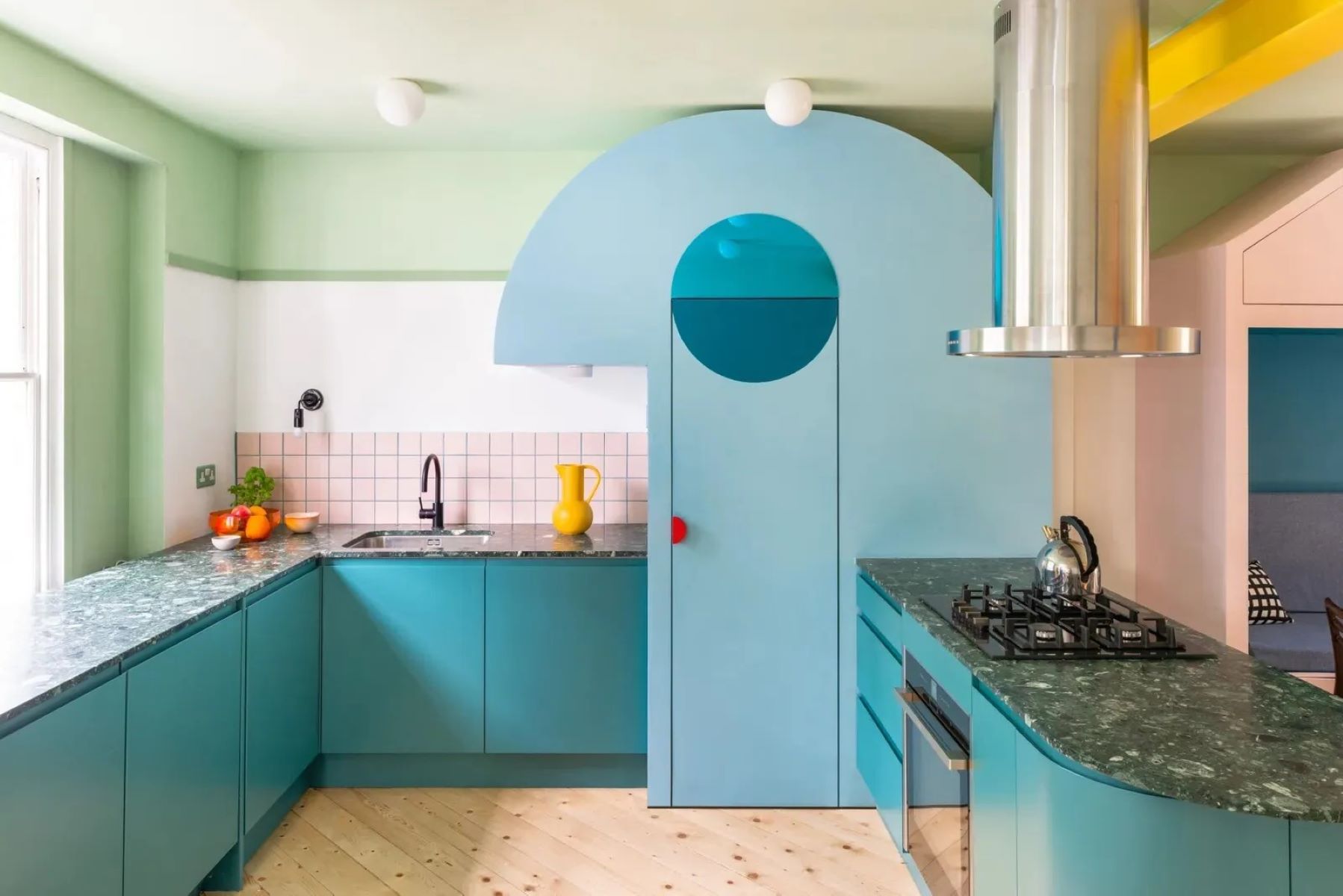
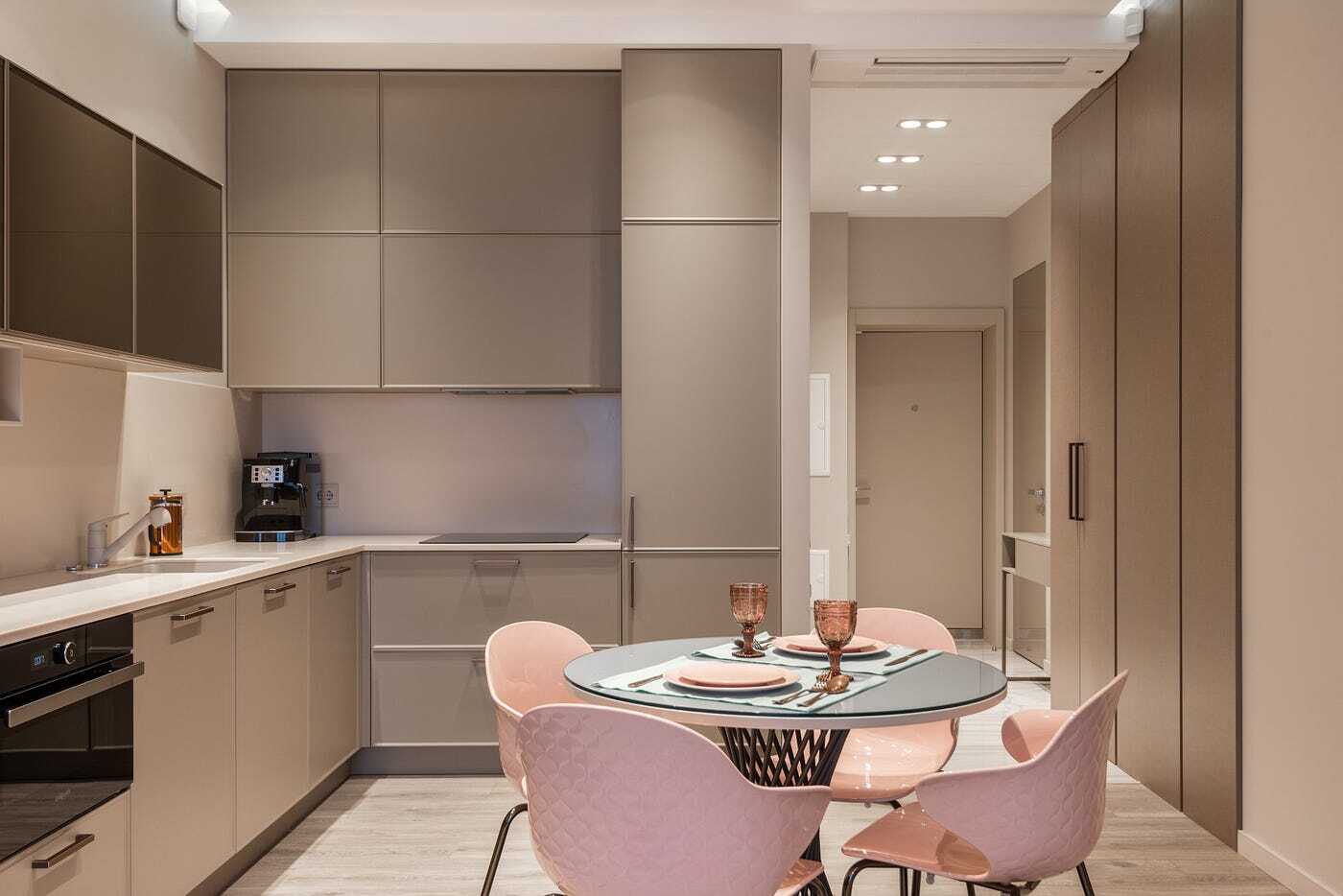
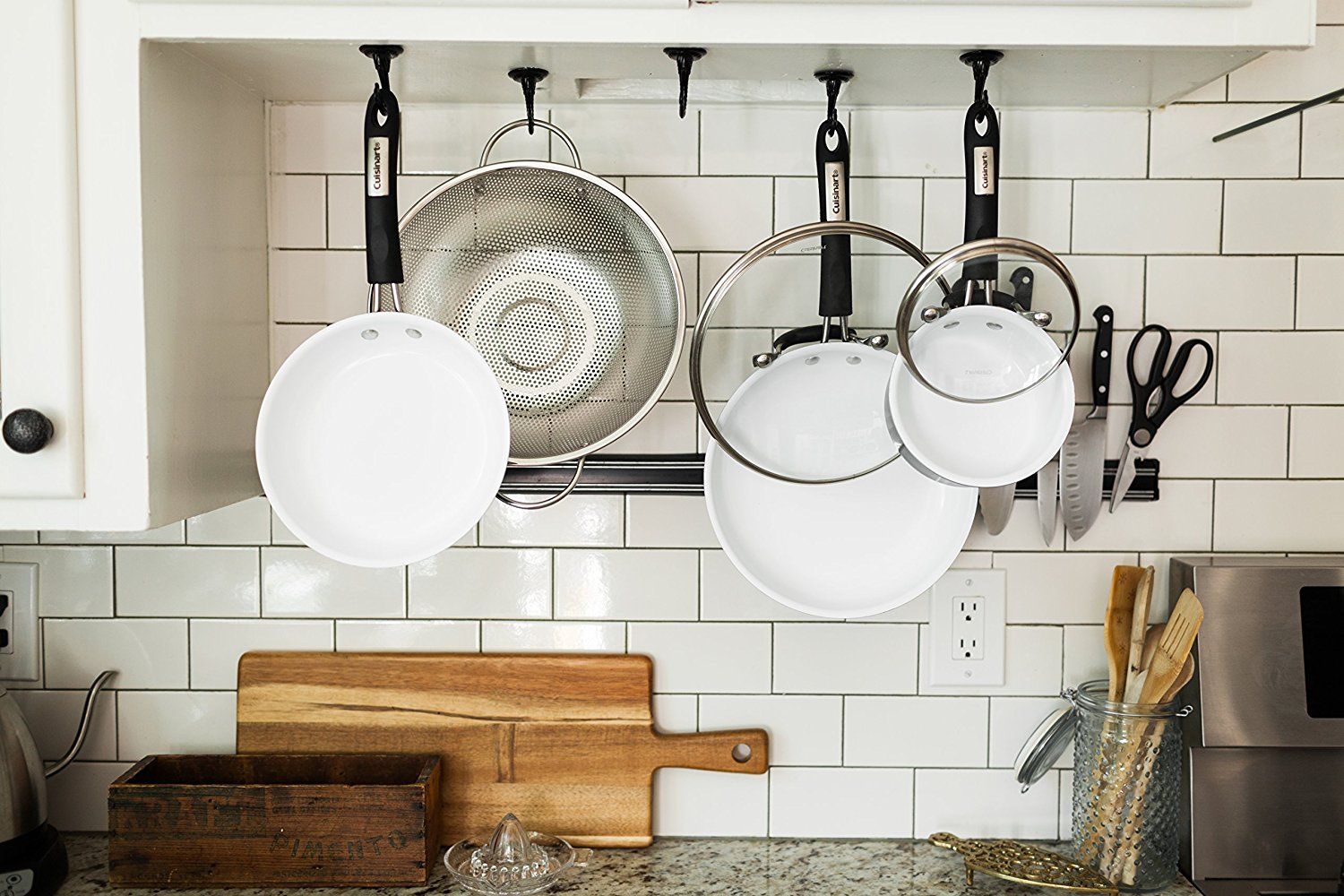

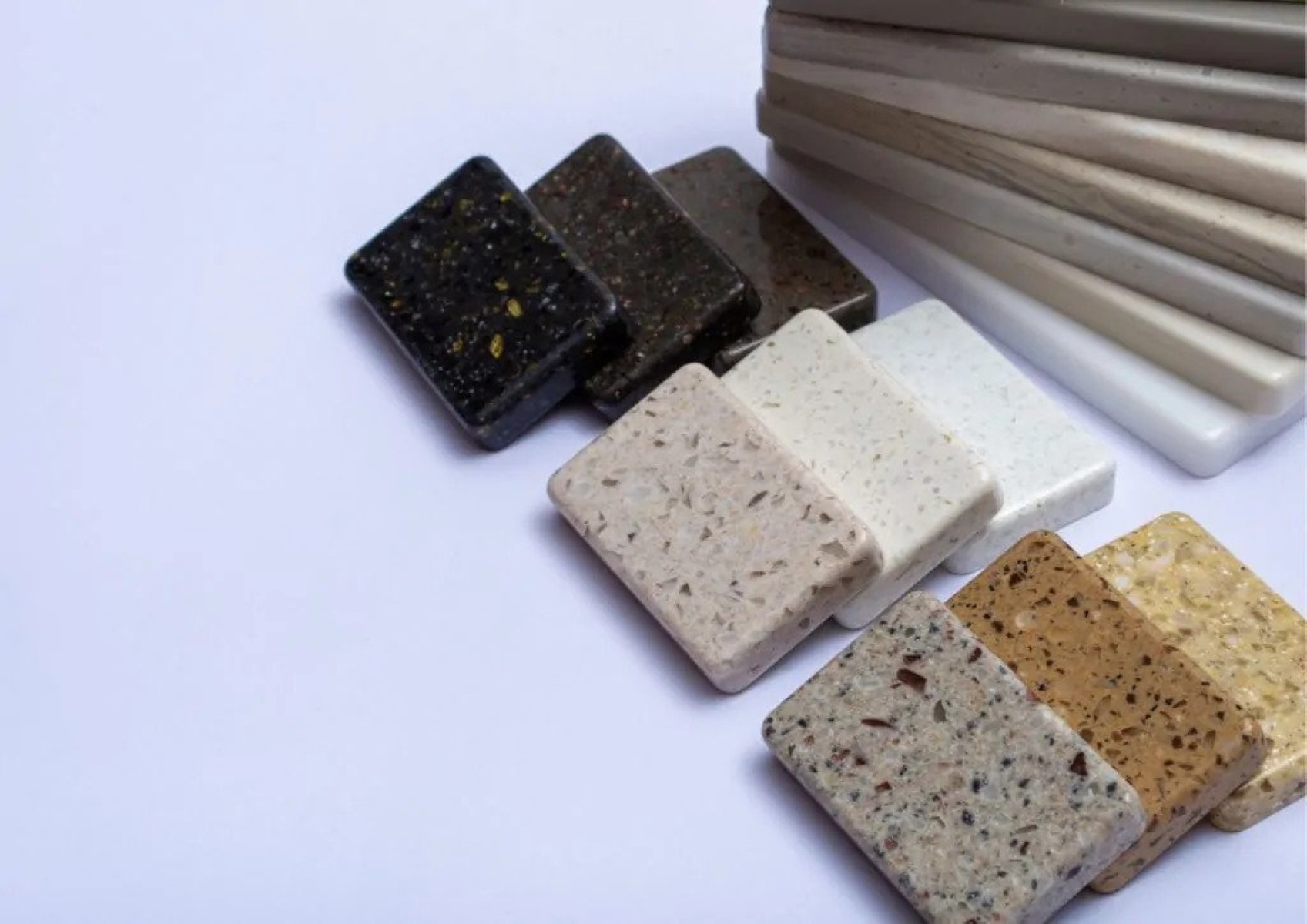

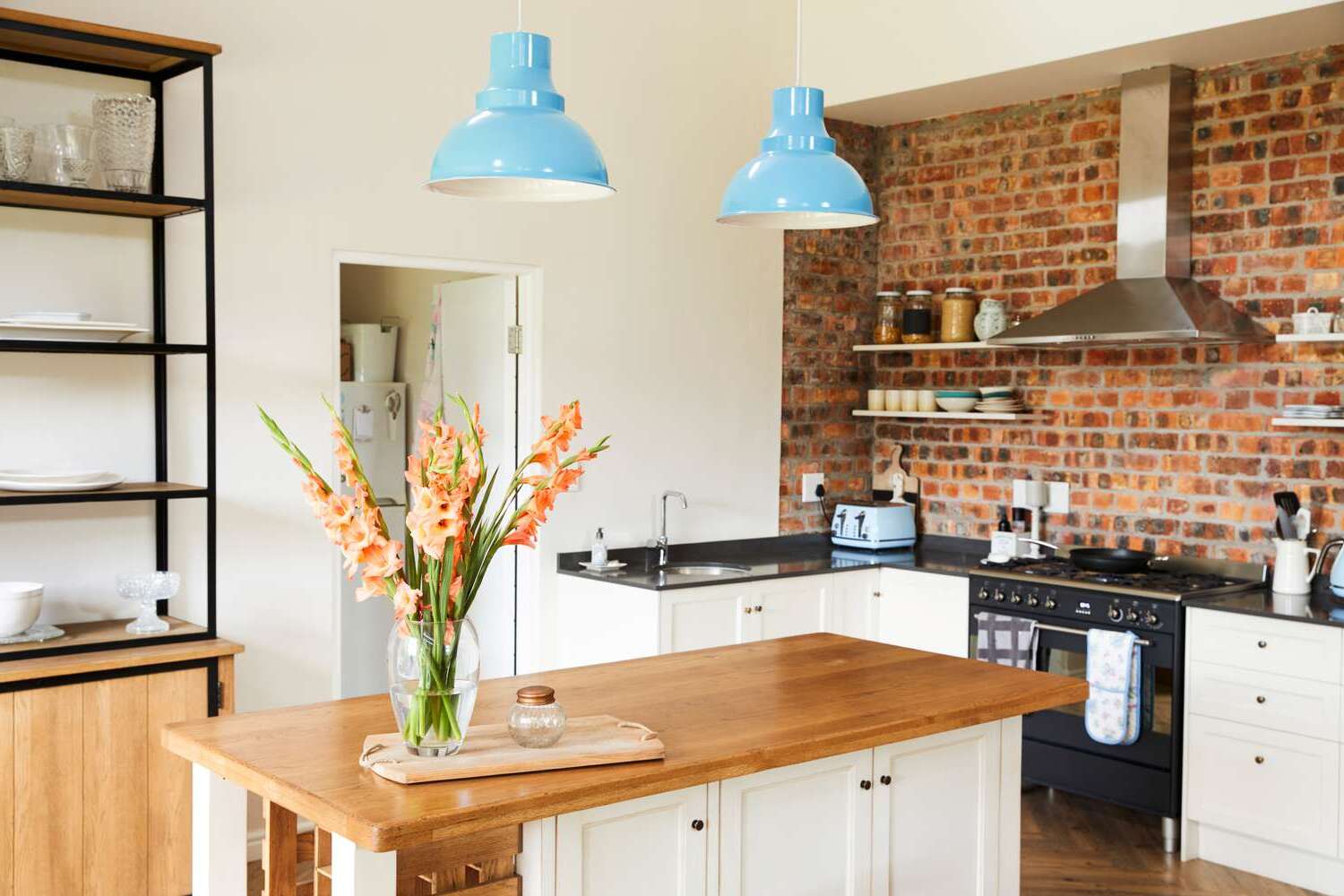
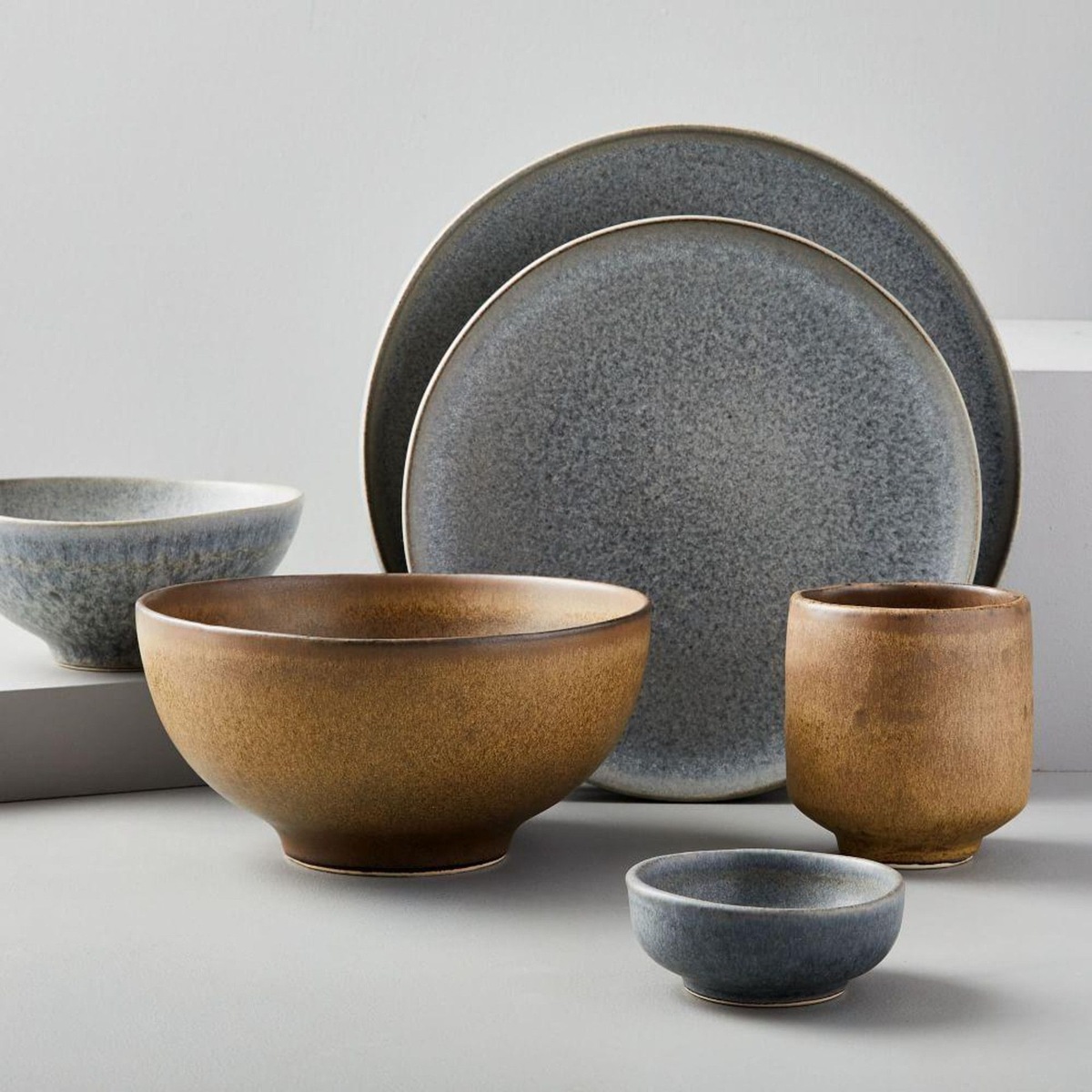

0 thoughts on “What Is The Most Efficient Arrangement For A Small Kitchen?”